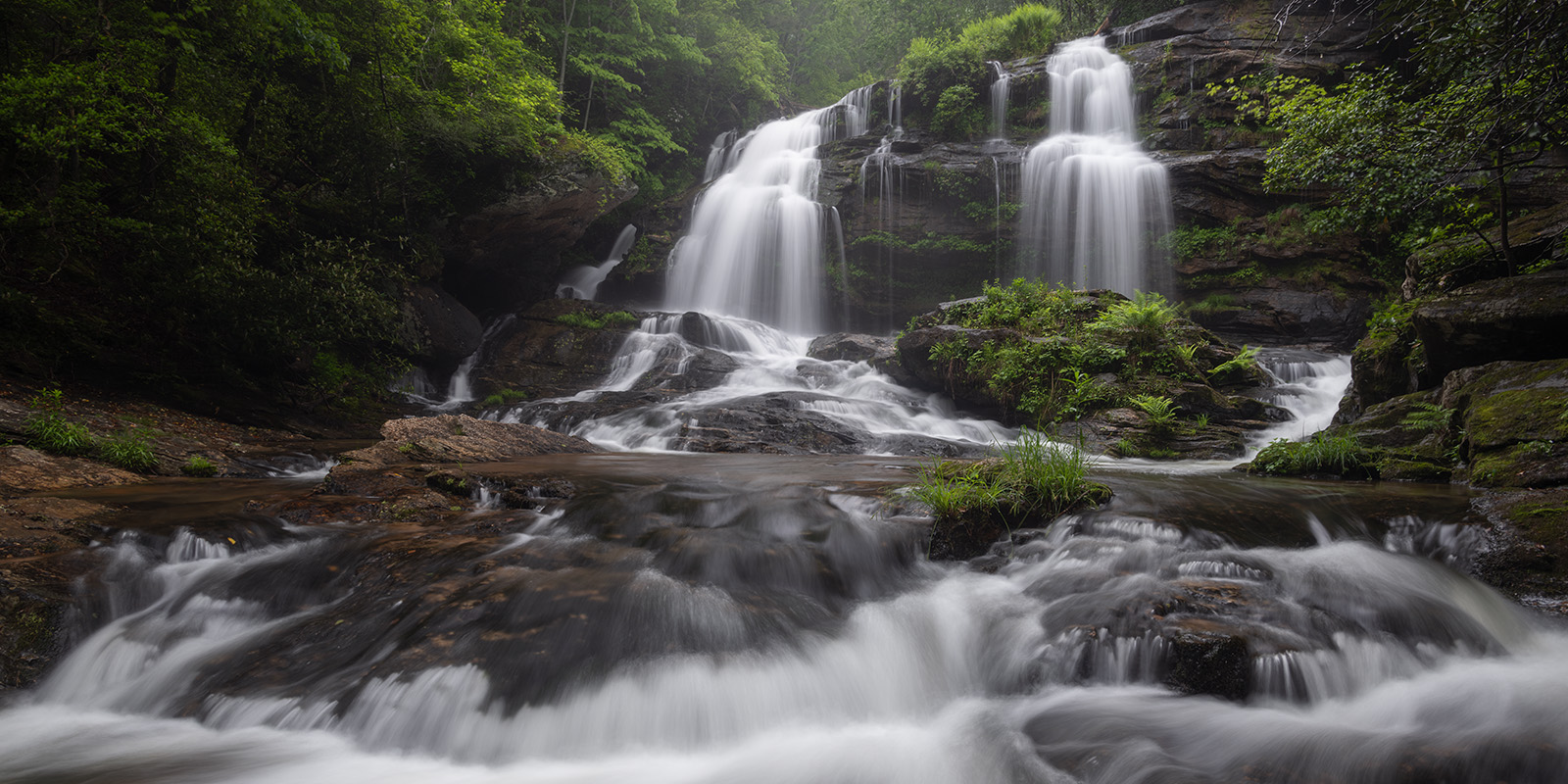
The Southern Blue Ridge Escarpment (Blue Wall)
The Blue Ridge Escarpment–known by the Cherokee as “The Blue Wall”–is the southeastern edge of the Appalachian range. Characterized primarily by gorges, rivers, and waterfalls, the escarpment is a dramatic, steep transition zone between the Blue Ridge Mountains in Western North Carolina above and the Piedmont of South Carolina and Georgia below. Reputedly the wettest area in the east, the Blue Wall combines high rainfall, warm microclimates, and rugged geography to produce remarkable and rare flora, hundreds of waterfalls, and the only two Wild & Scenic Rivers in the southeastern United States: The Chattooga and Horsepasture Rivers. This is a difficult place and this is a highly rewarding place. This is, perhaps, my favorite place.
What is there to see?
Waterfalls. The Blue Wall is a smorgisbord of falling water, coming in all different shapes and sizes. If you love waterfalls, this is the place!
Rivers. I primarily work the Chattooga River, though access is purposefully difficult. We’ll have to put in real effort to see this one, but the work is well worth it, in my opinion.
Wildflowers. Depending on our time of visit, this area has some of the most spectacular and diverse flora in all of Southern Appalachia.
Views. The Blue Wall is not a continuous wall, nor is it visible as this landscape is heavily forested. However, there are certain locations like Whiteside Mountain where the visual meets the imagined.
When are good times to visit?
Early spring (mid-March): Spring ephemeral wildflowers around the Jocassee Gorges. Special emphasis on the Oconee Bell, a rare endemic. Others interesting flora includes Sweet Pinesap, Shealy’s Saxifrage and Allegheny Spurge. Opportunities are primarily macro.
Spring (April & May): The foliage around waterfalls is greening up and the water levels are generally healthy. Rivers and streams are flowing good. The landscape is coming back to life. Lots of wildflowers and plants are blooming. Opportunities are mixed with wide-angle waterfalls, intimate river scenics, and maco wildflowers.
Autumn (Late October & November): The same waterfalls, rivers, and views decorated in the changing colors of autumn. Elevation and warmth keeps the color change good well into early November many years.
What type of camera gear is optimal for this place?
Wide-angle lens. Waterfalls in this area are generally very approachable. Getting close and intimate will require a wider lens (something in the range of 14-24mm wide open).
Circular polarizer. Waterfalls and rivers often benefit from a circular polarizer to remove light glare on the surface, as well as shiny leaves.
Tripod. Creative water exposures will require a solid base.
Macro lens. Many wildflowers and plants will benefit from a dedicated macro lens and other accessories.
How difficult is the terrain?
Waterfalls are difficult terrain: steep, rocky, rooted, and slippery. Trails vary in length, often around two to four miles round trip. Working this area effectively will require hiking and navigating difficult terrain.
There are few easy to drive up to attractions in this area. Fitness will unlock the beauty of the landscape.

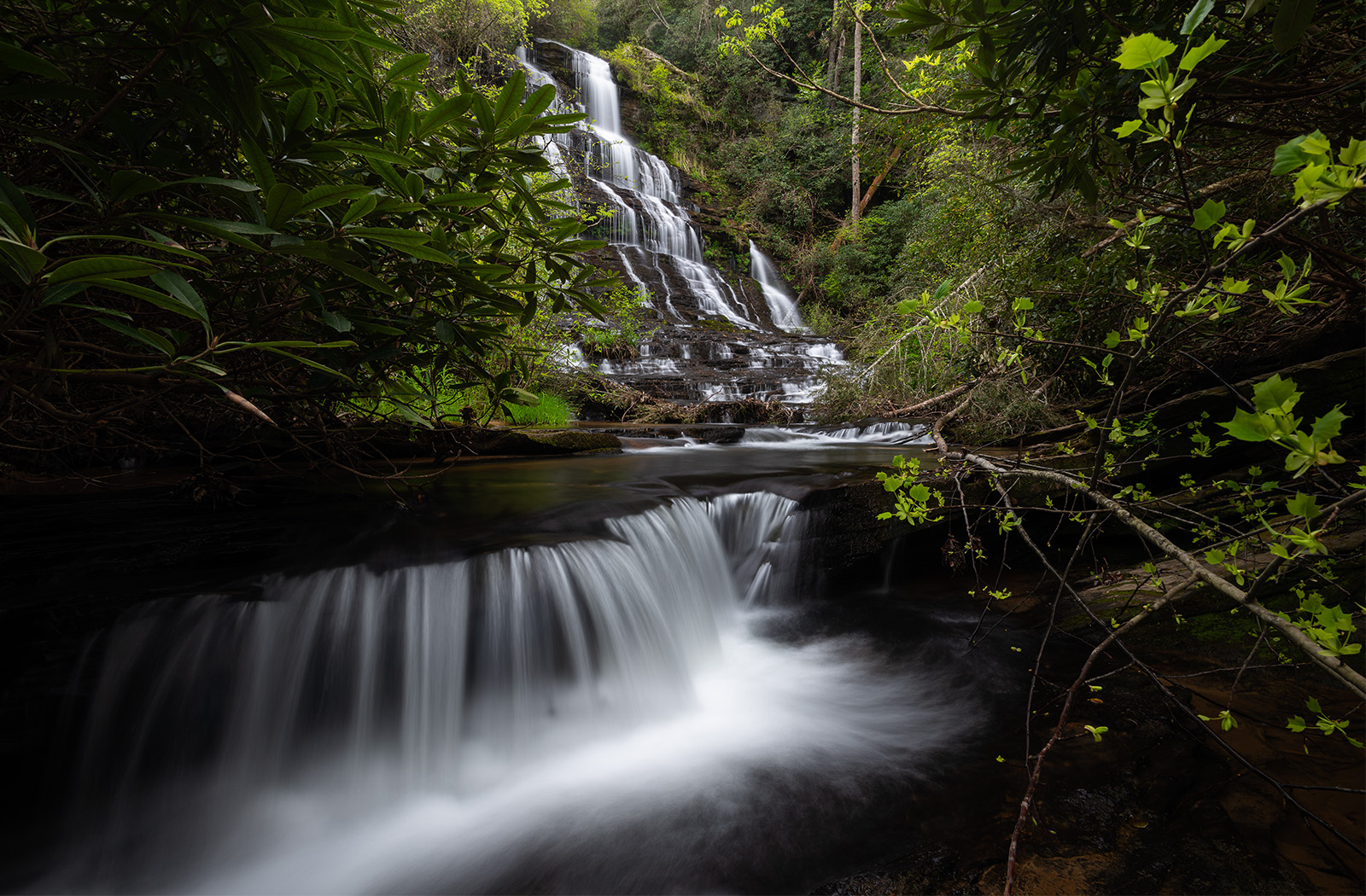

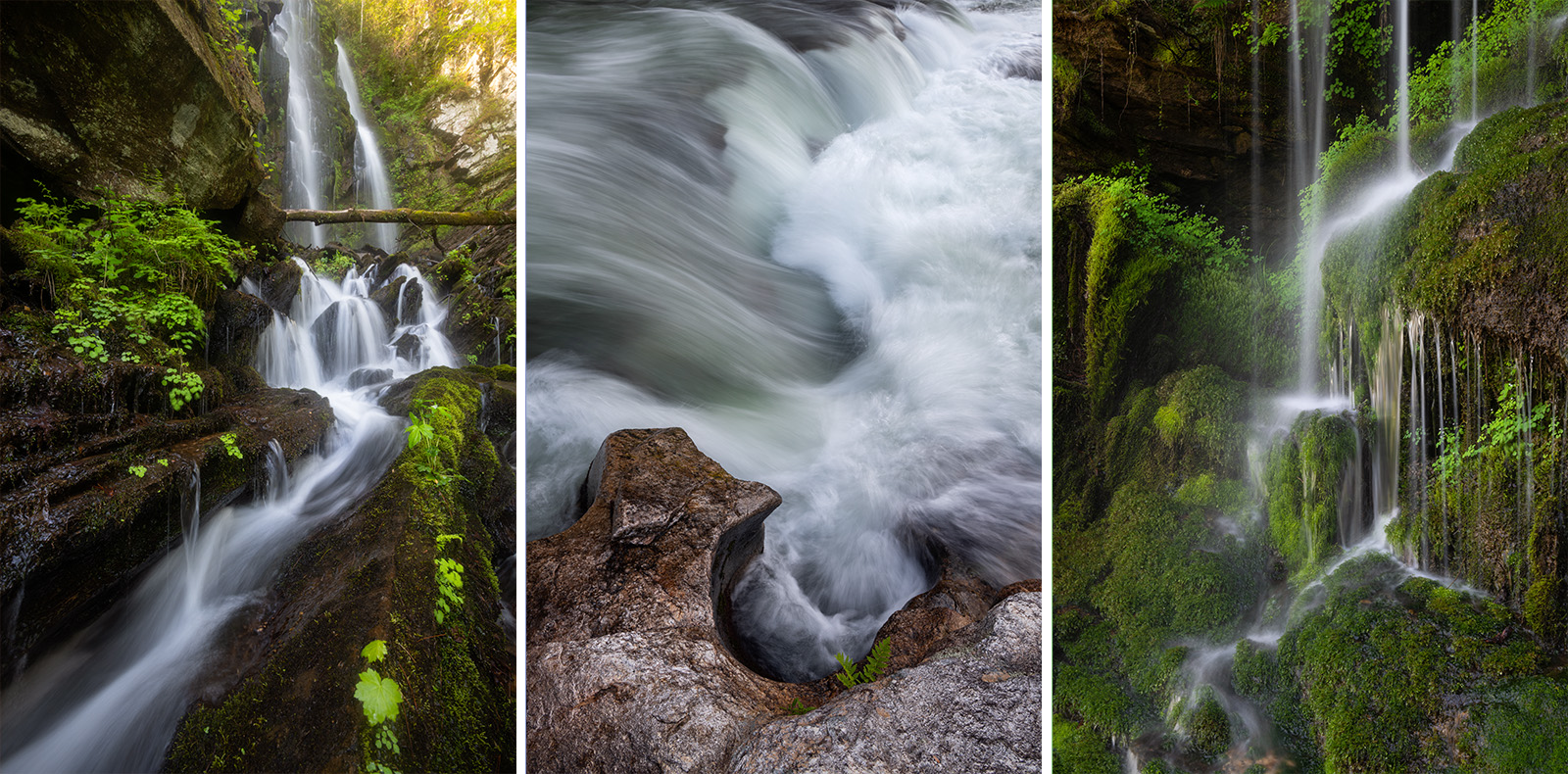



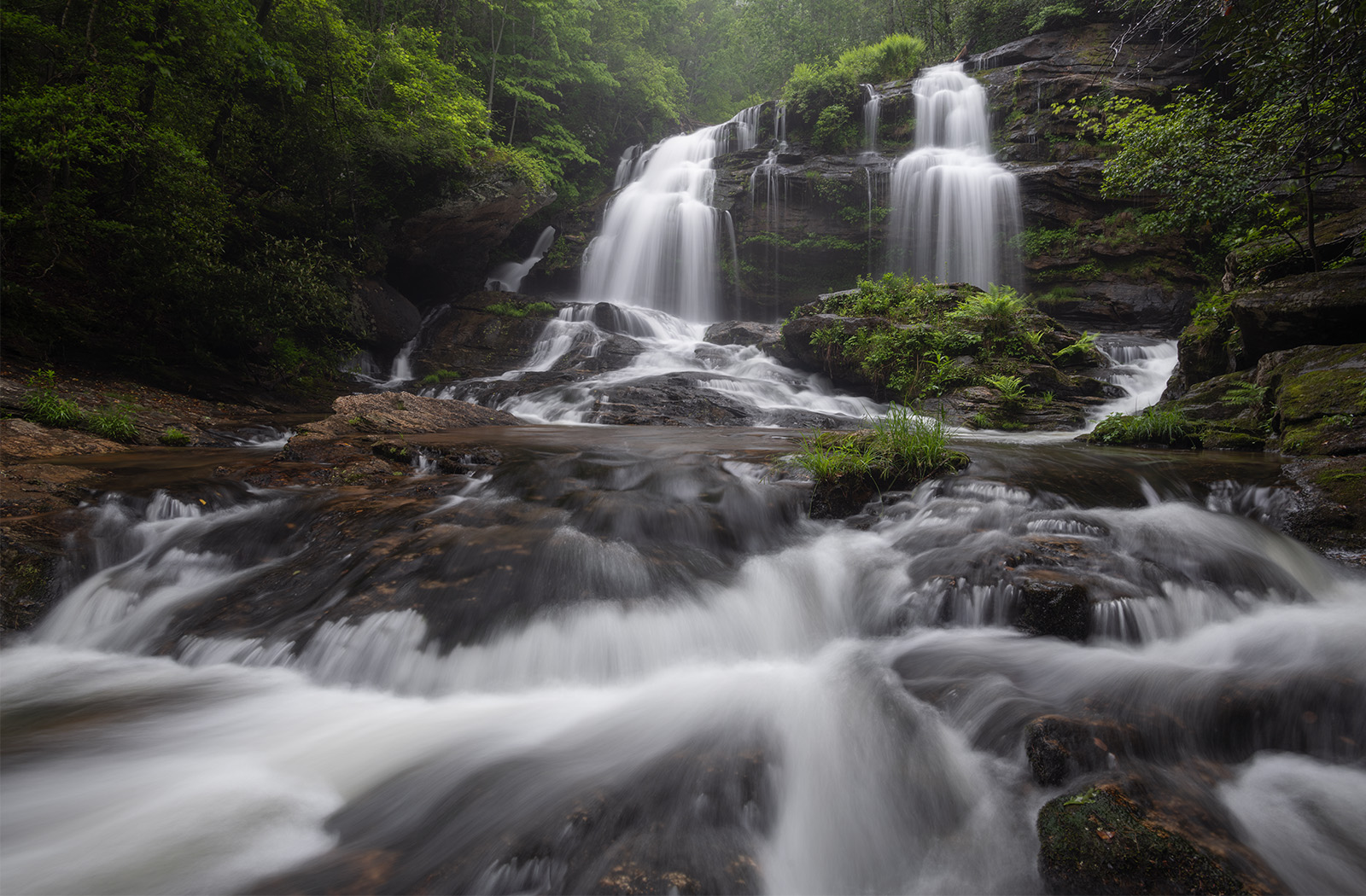

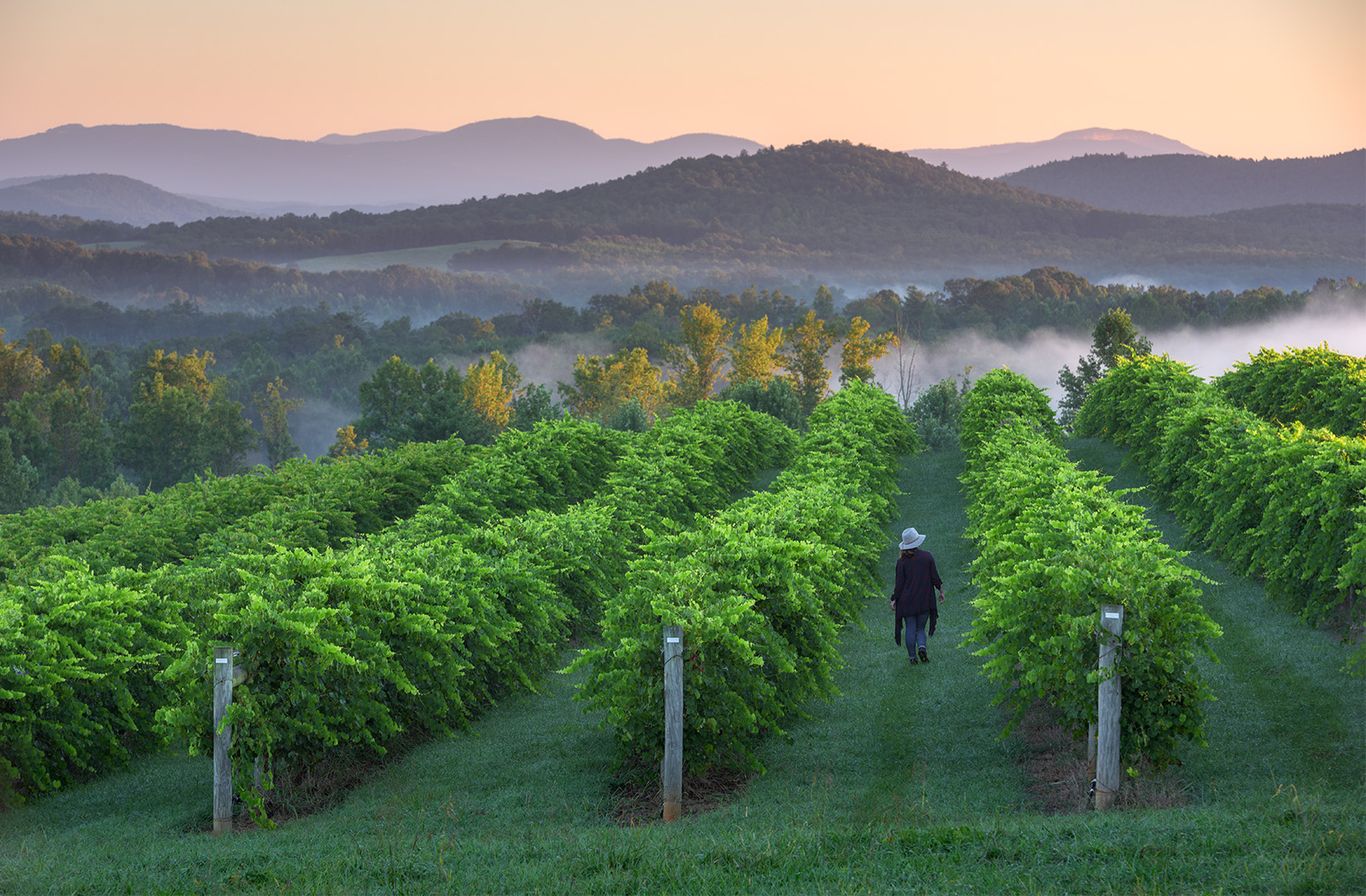
Ready to join me along the Southern Blue Ridge Escarpment?
Photo adventures give me the freedom to live my dream. If I can show you a new landscape or add depth to a landscape you already know, drop me a line. Let’s get together!
